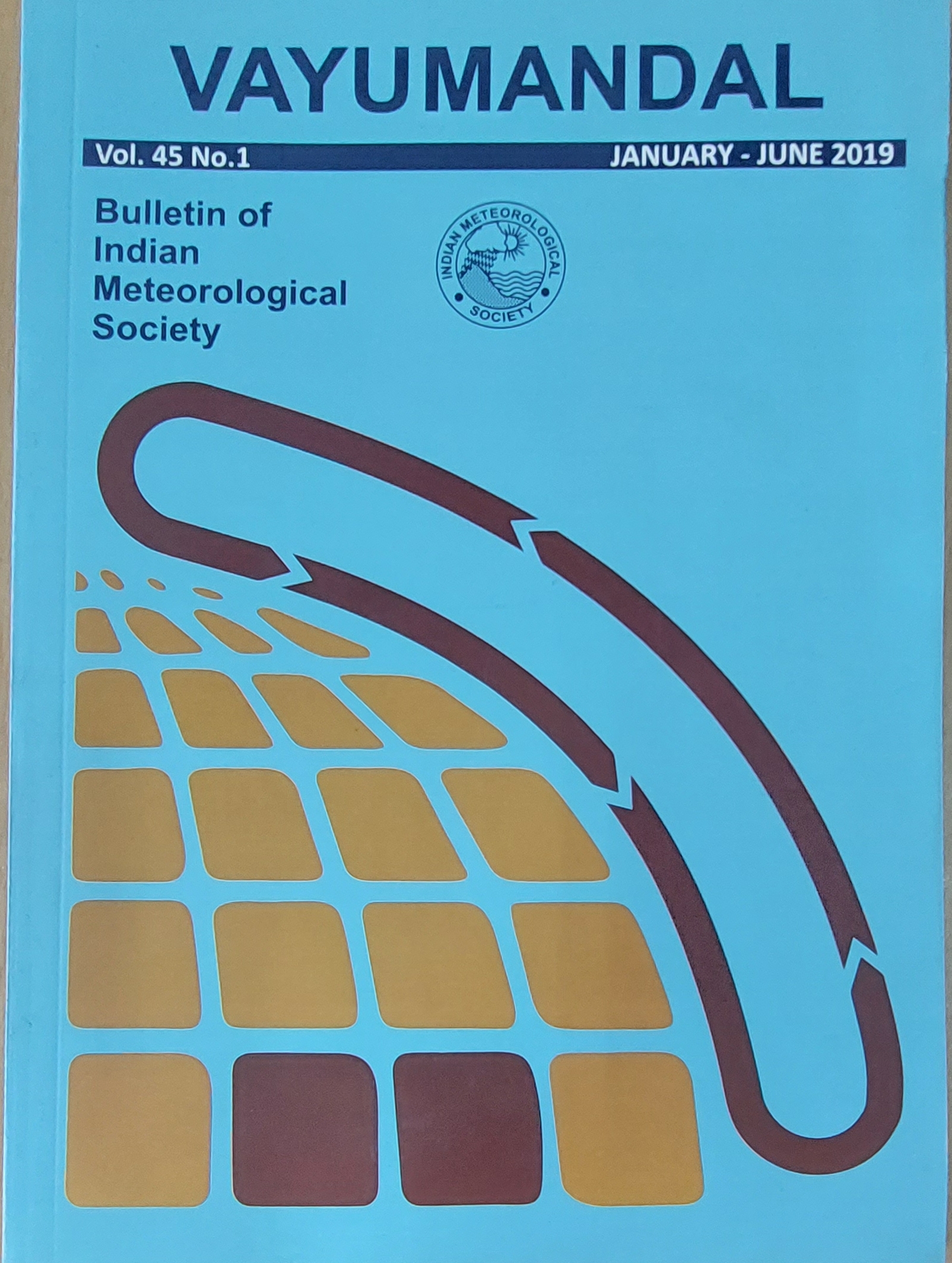Atmospheric CO2 Observations at Madurai for the Period 2003-2016
Abstract
The estimate of ambient carbon dioxide (CO2) concentration has been carried out in Madurai during
2003-2016 by using satellite retrieved dataset. Annual, seasonal and monthly variations of carbon
dioxide are observed in this study. Annual averages of carbon dioxide vary from 375 to 403 ppm.
Maximum carbon dioxide concentration is observed in summer and minimum during the winter. The
strong correlation is observed with wind speed (0.65), planetary boundary layer height (0.51) and
rainfall (-0.78). Multiple linear regression analysis results show that the temperature and wind speed are
statistically significant. In addition, Mann Kendal trend analysis results clearly elucidate that there is a
significantly increasing trend in CO2 in this study area. The increase in carbon dioxide is mainly due to
the increasing anthropogenic sources in and around the study area.
Copyright (c) 2024 Vayumandal

This work is licensed under a Creative Commons Attribution-NonCommercial 4.0 International License.
All articles published by VAYUMANDAL are licensed under the Creative Commons Attribution 4.0 International License. This permits anyone.
Anyone is free:
- To Share - to copy, distribute and transmit the work
- To Remix - to adapt the work.
Under the following conditions:
- Share - copy and redistribute the material in any medium or format
- Adapt - remix, transform, and build upon the material for any purpose, even
commercially.


